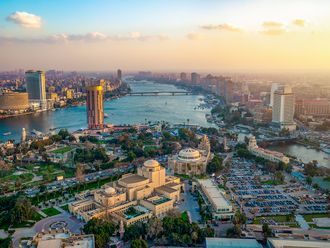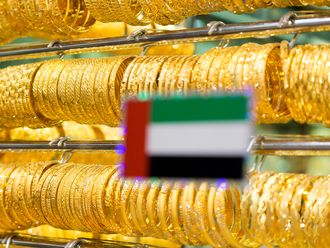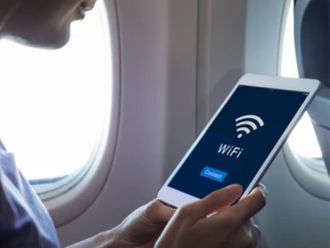You never expect the governor of the central bank of any country to make any casual comment at a symposium. A single comment from them can have the country's policy corridors and stock markets shaken.
They are the academic types known to possess the practical sense of the bureaucrats. Some can safely be called "politicians".
But when you hear Bank of Japan governor Toshihiko Fukui saying India's economy will overtake the Japanese economy by 2025 to rank third in the world after the United States and China in terms of purchasing power parity, you are tempted to ask "What does he mean?"
To the common man in India the statement surely comes as a surprise. Though 2025 is not too close, it's not that far either. But where are the signs of being close to Japan, let alone overtaking it? He will compare Tokyo and any Indian metropolis to find them as far apart in providing quality life as in Kolkata and California, or Mumbai and Maryland. He will compare the 'Made in Japan' labelled products with the 'Made in India' ones as would go for the Japanese brands.
Well, that's what he has seen since childhood - the tremendous fixation for 'Made in Japan; and, to remind you once again, that's not without any reason. To add to these comparisons are more based on per capita income, social security, education, healthcare etc. We do not come anywhere close to Japan. So how do the two economies compare and how will India overtake Japan?
While reading Fukui's statement one must understand that his comparison stresses on "purchasing power parity". That's the operative part of his statement. But what is purchasing power parity.
Gustav Cassel's theory of purchasing power parity is a technique used to determine the relative values of two currencies by comparing the money spend to buy the same basket of goods in two or more countries. It is a useful economic tool because often the amount of goods a currency can purchase within two nations varies drastically, based on the supply and demand for the goods, and a number of other difficult to determine factors.
Purchasing power parity solves this problem by taking some international measure and determining the cost for that (measure) in each of the two or more currencies, then comparing that amount.
Perhaps the most cited example of purchasing power parity is The Economist magazine's Big Mac index. Using the Big Mac index, one can determine the cost of a Big Mac burger in a number of countries and can then conclude an exchange rate based on this index.
So, if a Big Mac costs $2 in the US, and Rs250 in India, then according the purchasing power parity theory the dollar-to-rupee exchange rate is $1 for Rs125. The theory suffers from one serious flaw. While using the purchasing power parity exchange rates for comparison of income in different countries is an improvement over using market-determined exchange rates, the theory has still been deemed to be imperfect.
Comparisons using this method can still be misleading. Comparing standards of living using the purchasing power parity method implicitly assumes that the real value placed on goods is the same in different countries. In reality, what is a luxury in one country could be considered a necessity in another. The purchasing power parity method does not account for this.
How relevant this is when we compare Japan and India. The comparison of the two economies according to purchasing power parity is an intellectual exercise.
A post on blog on Japanese news says, "Fukui talked about India, but nothing about the Japanese economy. Probably, he did not have anything to say about our economy." Probably, yes.











